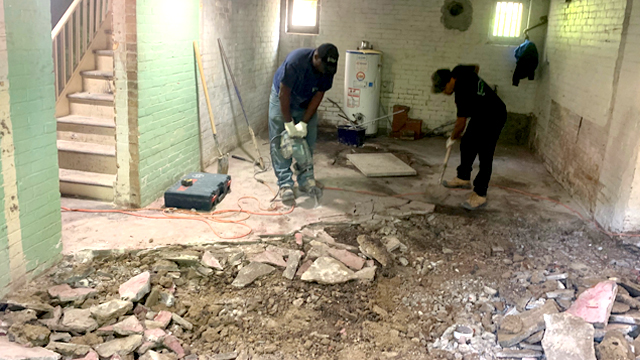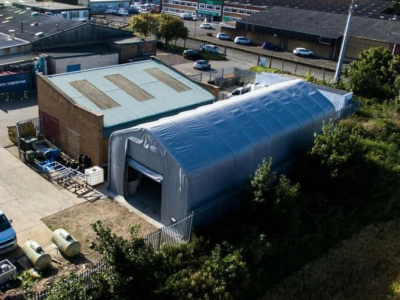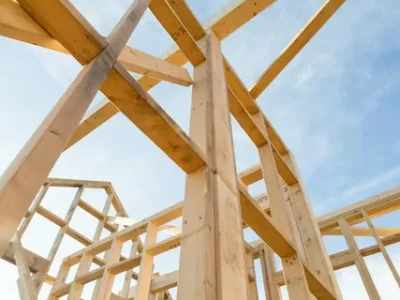
Introduction:
Foundation cracks can be unsettling for homeowners, signalling potential structural issues. Understanding the techniques and solutions available for Effective repair is imperative for preserving your home’s structural integrity and stability. This article delves into the various methods and strategies used in foundation crack repair to provide homeowners with valuable insights and guidance.
Identifying Foundation Cracks:
Before delving into repair techniques, it’s essential to identify the types of foundation cracks. These can range from hairline cracks to more significant fissures, each indicating different levels of structural concern. Conducting a thorough inspection by a qualified professional is the first step in determining the extent of damage and the appropriate course of action. A comprehensive assessment not only helps in understanding the underlying causes of the cracks but also aids in devising tailored solutions that address the specific needs of your foundation. By thoroughly examining the cracks, professionals can identify potential structural weaknesses and recommend the most effective repair methods. This proactive approach ensures that the repair process is targeted and precise, minimizing the risk of further damage and providing long-term stability for your home.
Standard Techniques for Foundation Crack Repair:
Epoxy Injection:
Epoxy injection is a favoured technique for repairing foundation cracks. It involves injecting a low-viscosity epoxy resin directly into the crack, which fills the crevice and forms a robust seal, effectively restoring structural integrity. This technique is effective for structural and non-structural cracks and provides a long-lasting solution. Its popularity stems from its versatility and reliability, as it can use various foundation materials and configurations. Additionally, epoxy injection is known for its ability to withstand environmental factors, ensuring durability and resilience against future cracks.
Polyurethane Foam Injection:
Polyurethane foam injection is a widely employed method for addressing foundation cracks, offering distinct advantages, such as repairing foundation cracks. This method involves injecting expanding polyurethane foam into the crack, which expands to fill the void and creates a waterproof seal. Polyurethane foam is beneficial for sealing cracks in concrete foundations and preventing water intrusion. Its versatility extends beyond mere crack sealing, as it also provides insulation properties, enhancing energy efficiency in your home. Polyurethane foam is non-invasive and quick to apply, Reducing inconvenience to your daily activities while the repair process is ongoing.
Carbon Fiber Reinforcement:
Carbon fibre structural reinforcement technology is suitable for reinforcing and repairing various structures, including beams, slabs, columns, roof trusses, piers, bridges, cylinders, shells, and other structural components. Carbon fibre strips or sheets are applied to the surface of the crack and bonded to the foundation using epoxy resin. This method fortifies the foundation, enhancing its resilience and structural robustness, thus ensuring the repaired area and minimizing the risk of future cracking. Its lightweight nature makes it ideal for strengthening without adding excessive weight to the structure, preserving its integrity and longevity. Carbon fibre reinforcement offers exceptional corrosion resistance, ensuring durability even in harsh environmental conditions.
Underpinning:
Underpinning may be necessary for more severe foundation issues, such as sinking or settling. Underpinning involves installing additional support beneath the foundation to stabilize and level the structure. Various methods, such as helical piers, push piers, or micro piles, can achieve this, depending on the foundation’s specific needs. This comprehensive approach to foundation repair effectively tackles the underlying issue head-on, presenting a long-term solution to structural instability. By reinforcing the foundation from below, underpinning prevents further deterioration and safeguards the integrity of your home for years to come.
Choosing the Right Solution:
The choice of repair technique depends on various factors, including the crack’s type and severity, the damage’s underlying cause, and the foundation’s structural condition. Consulting with a qualified foundation repair specialist plays a pivotal role. This step ensures that the solution chosen perfectly matches your requirements and the current state of your foundation, guaranteeing optimal results. By collaborating with experts in the field, homeowners can acquire invaluable perspectives and customized advice specifically suited to their specific needs. This tailored method optimizes the efficiency of the repair process, addressing underlying issues comprehensively and restoring the foundation’s stability with precision.
Conclusion:
Foundation crack repair is critical to maintaining your home’s structural integrity and stability. Homeowners can make informed decisions to address foundation issues effectively by understanding the various techniques and solutions available. Whether it’s an epoxy injection, polyurethane foam, carbon fibre reinforcement, or underpinning, seeking professional guidance ensures that you conduct the repair process correctly, providing long-lasting results and peace of mind.











